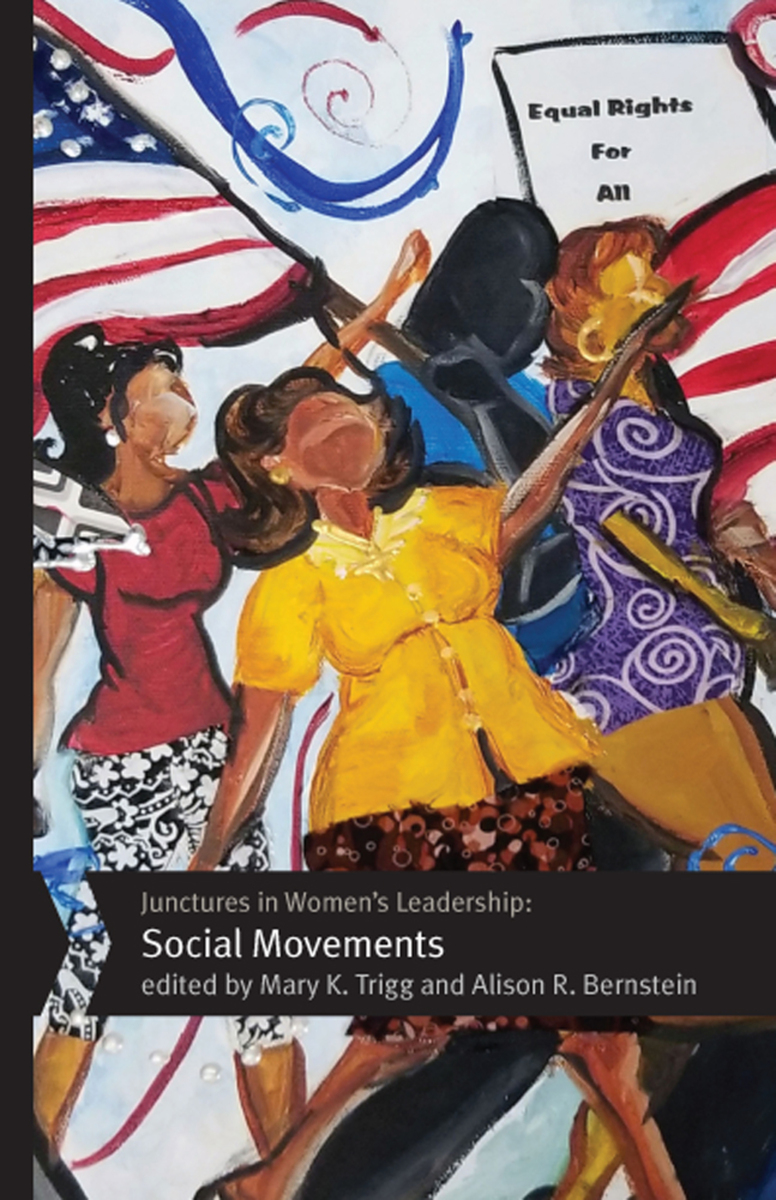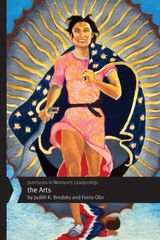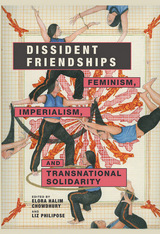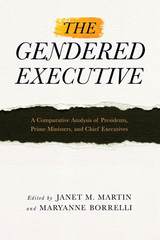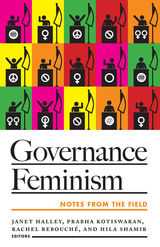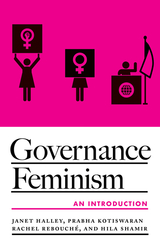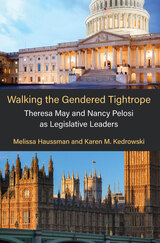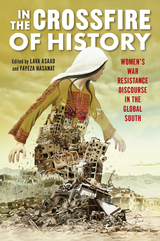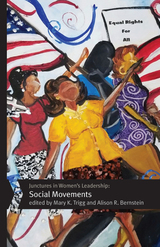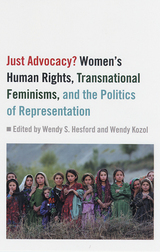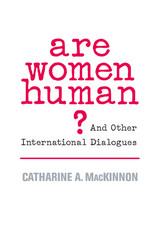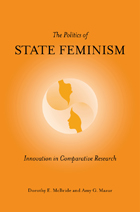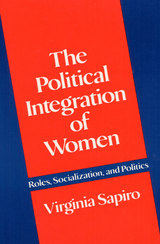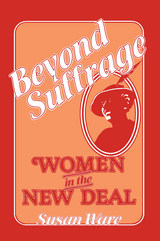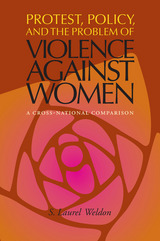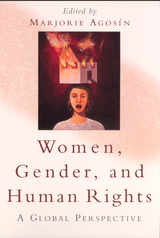Junctures in Women's Leadership: Social Movements
Rutgers University Press, 2016
eISBN: 978-0-8135-7543-8 | Cloth: 978-0-8135-6600-9 | Paper: 978-0-8135-6599-6
Library of Congress Classification HQ1236.J86 2016
Dewey Decimal Classification 305.42
eISBN: 978-0-8135-7543-8 | Cloth: 978-0-8135-6600-9 | Paper: 978-0-8135-6599-6
Library of Congress Classification HQ1236.J86 2016
Dewey Decimal Classification 305.42
ABOUT THIS BOOK | AUTHOR BIOGRAPHY | REVIEWS | TOC
ABOUT THIS BOOK
2016 Choice Outstanding Academic Title
From Eleanor Roosevelt to feminist icon Gloria Steinem to HIV/AIDS activist Dazon Dixon Diallo, women have assumed leadership roles in struggles for social justice. How did these remarkable women ascend to positions of influence? And once in power, what leadership strategies did they use to deal with various challenges?
From Eleanor Roosevelt to feminist icon Gloria Steinem to HIV/AIDS activist Dazon Dixon Diallo, women have assumed leadership roles in struggles for social justice. How did these remarkable women ascend to positions of influence? And once in power, what leadership strategies did they use to deal with various challenges?
Junctures in Women’s Leadership: Social Movements explores these questions by introducing twelve women who have spearheaded a wide array of social movements that span the 1940s to the present, working for indigenous peoples’ rights, gender equality, reproductive rights, labor advocacy, environmental justice, and other causes. The women profiled here work in a variety of arenas across the globe: Planned Parenthood CEO Cecile Richards, New York City labor organizer Bhairavi Desai, women’s rights leader Charlotte Bunch, feminist poet Audre Lorde, civil rights activists Daisy Bates and Aileen Clarke Hernandez, Kenyan environmental activist Wangari Maathai, Nicaraguan revolutionary Mirna Cunningham, and South African public prosecutor Thuli Madonsela. What unites them all is the way these women made sacrifices, asked critical questions, challenged injustice, and exhibited the will to act in the face of often-harsh criticism and violence.
The case studies in Junctures in Women’s Leadership: Social Movements demonstrate the diversity of ways that women around the world have practiced leadership, in many instances overcoming rigid cultural expectations about gender. Moreover, the cases provide a unique window into the ways that women leaders make decisions at moments of struggle and historical change.
See other books on: Leadership | Leadership in women | Social Movements | Women's Leadership | Women's rights
See other titles from Rutgers University Press
